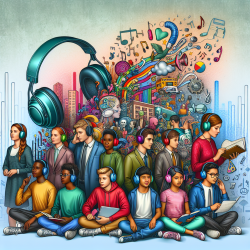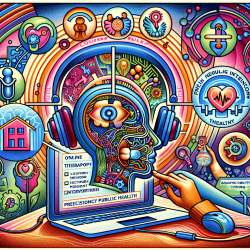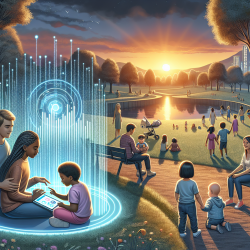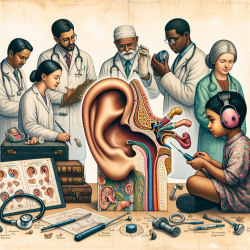The increasing prevalence of noise-induced hearing loss among youth and young adults has become a significant public health concern. Despite the evident need for effective hearing conservation education programs, recent research indicates that many existing programs lack efficacy due to methodological limitations. This blog post delves into the findings of the systematic review titled "Efficacy of hearing conservation education programs for youth and young adults," providing practitioners with insights and strategies to enhance their educational efforts.
The Current Landscape of Hearing Conservation Programs
The systematic review evaluated 10 studies conducted between 2001 and 2018, focusing on hearing conservation programs aimed at youth and young adults. The findings revealed a scarcity of evidence supporting the efficacy of these programs. Common methodological issues included inadequate study designs, small sample sizes, and insufficient statistical analyses. These limitations hinder the ability to draw definitive conclusions about the effectiveness of current educational interventions.
Integrating Technology in Education
One promising avenue explored in the research is the use of technology to enhance hearing conservation education. Although few studies have implemented technological interventions, those that did showed potential benefits. For instance, smartphone apps, mobile text messages, and computer-based training were employed to improve knowledge and attitudes towards hearing protection.
Practitioners should consider integrating technology into their educational strategies. Interactive tools such as virtual reality experiences or gamified learning modules can engage students more effectively than traditional methods. Additionally, leveraging social media platforms can help disseminate information widely and foster community engagement.
Recommendations for Practitioners
- Adopt Robust Study Designs: Future programs should employ randomized controlled trials or other rigorous designs to evaluate effectiveness accurately.
- Utilize Technology: Incorporate digital tools like apps or online platforms to deliver engaging content that resonates with tech-savvy youth.
- Focus on Long-term Impact: Design interventions with long-term follow-up assessments to measure sustained behavior change.
- Cultural Relevance: Tailor programs to address cultural differences and specific needs of diverse communities.
The Path Forward
The findings from this systematic review highlight the need for improved hearing conservation education programs tailored to youth and young adults. By addressing methodological weaknesses and embracing technological innovations, practitioners can create more effective interventions that promote lasting behavioral change.
Efficacy of hearing conservation education programs for youth and young adults: a systematic review










